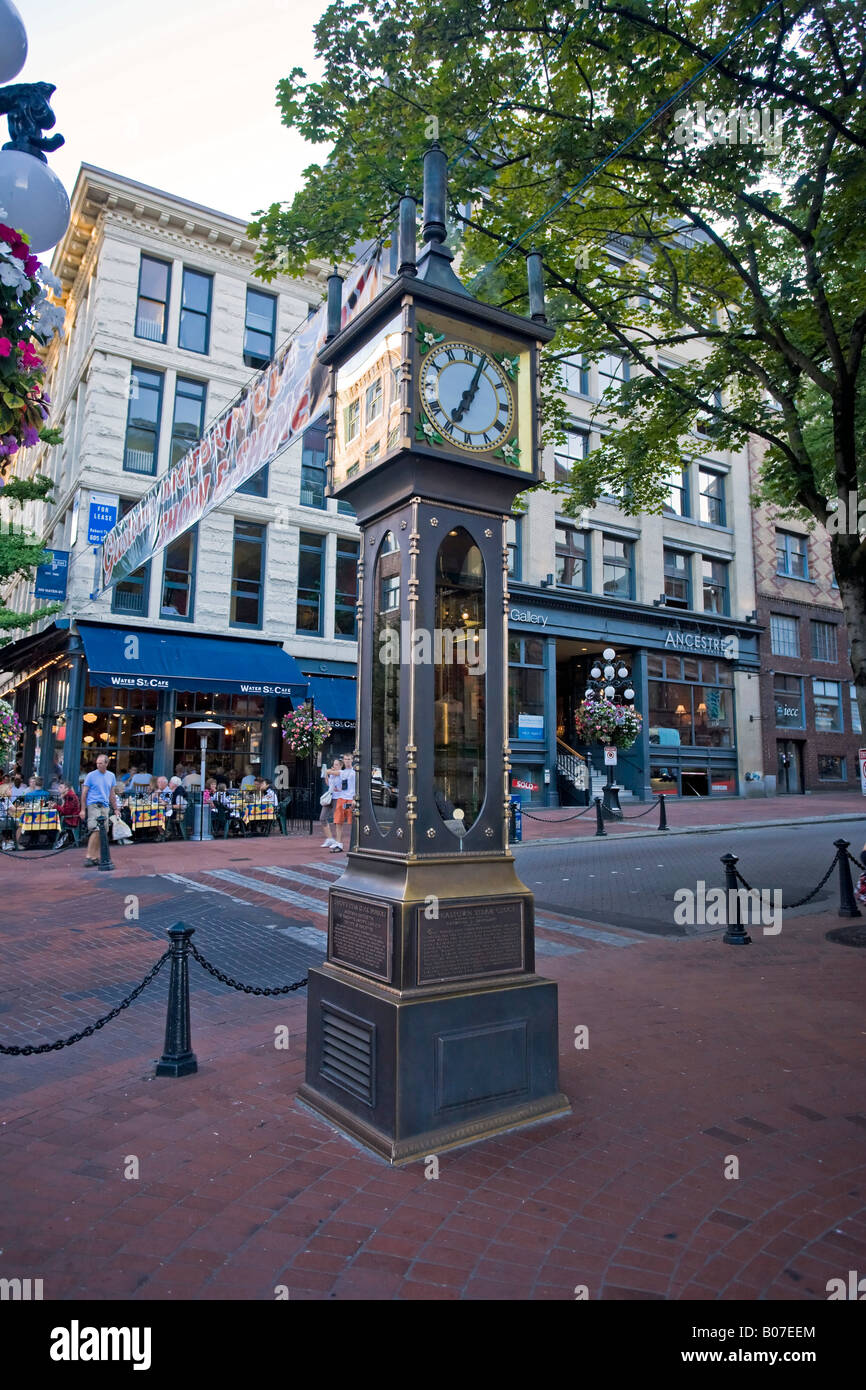
In 1889 the company took over the firm of Hunt & Roskell and continued successfully until WWII when their factory was bombed and they ceased manufacturing. These were advertised as the perfect wedding or anniversary gift and displayed alongside their regular stock of diamond pendants, novelty brooches and stick pins. In 1888 they launched ‘The “88” Jewellery’ collection with pieces such as brooches, bracelets and cufflinks all featuring two overlapping and entwined figure of eight motifs. Whilst best known for their timepieces, the firm also sold jewellery and by the 1880s were incorporating platinum into their gold and diamond set jewels. The following year they were awarded a Royal Warrant by Queen Victoria to which they would add those of the Prince of Wales and the Kings of Siam and Denmark. Benson died leaving his sons Alfred and Arthur to continue the business.

In 1872 a shop was opened on Bond Street which was followed by one in the Royal Exchange in 1890 as well as a new steam powered factory in La Belle Sauvage Yard, close to the premises in Ludgate Hill. He began to participate in both national and international expositions including London in 1862, Paris in 1867 and the Inventions Exhibition of 1885 at which he unveiled the ‘Patent Dust and Damp Excluding Band for Watches’. By the 1860’s he was advertising his large and richly stocked shop with adjoining workshop specialising not only in the manufacture of watches and clocks but also in their repair. He took on additional premises at 33 Ludgate Hill and as the business grew, he added no. After just eight years the partnership was dissolved in 1855 and J.W.

As well as manufacturing their own watches and jewellery, they were also importers and retailers dealing in fine diamonds, gold and silver ware. The business was originally set up by brothers James William Benson and Samuel Suckley Benson who advertised themselves as watchmakers, gold and silversmiths of Cornhill in the City of London. Benson was one of the most respected watch makers in London during the second half of the 19th Century and was one of very few early wristwatch houses that was English, rather than Swiss, owned.


 0 kommentar(er)
0 kommentar(er)
